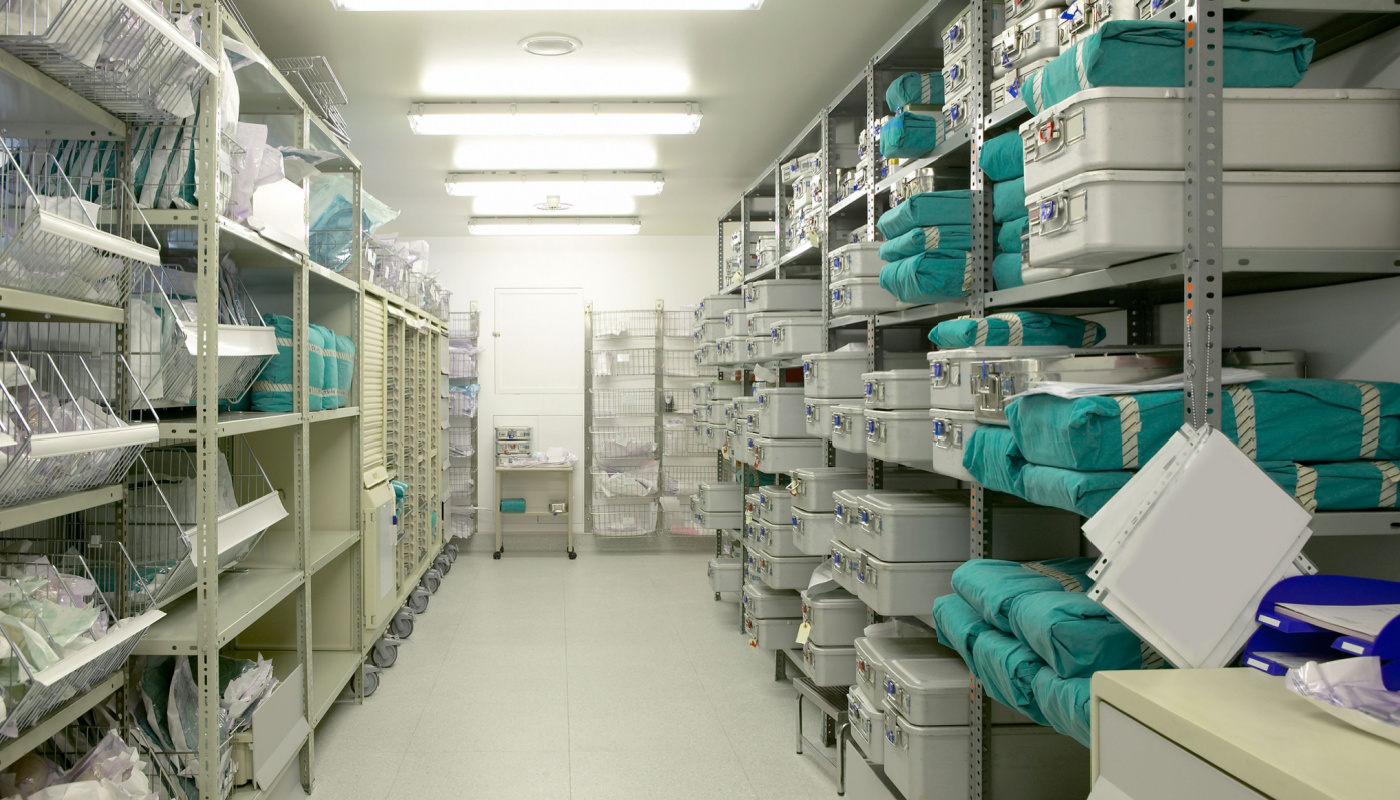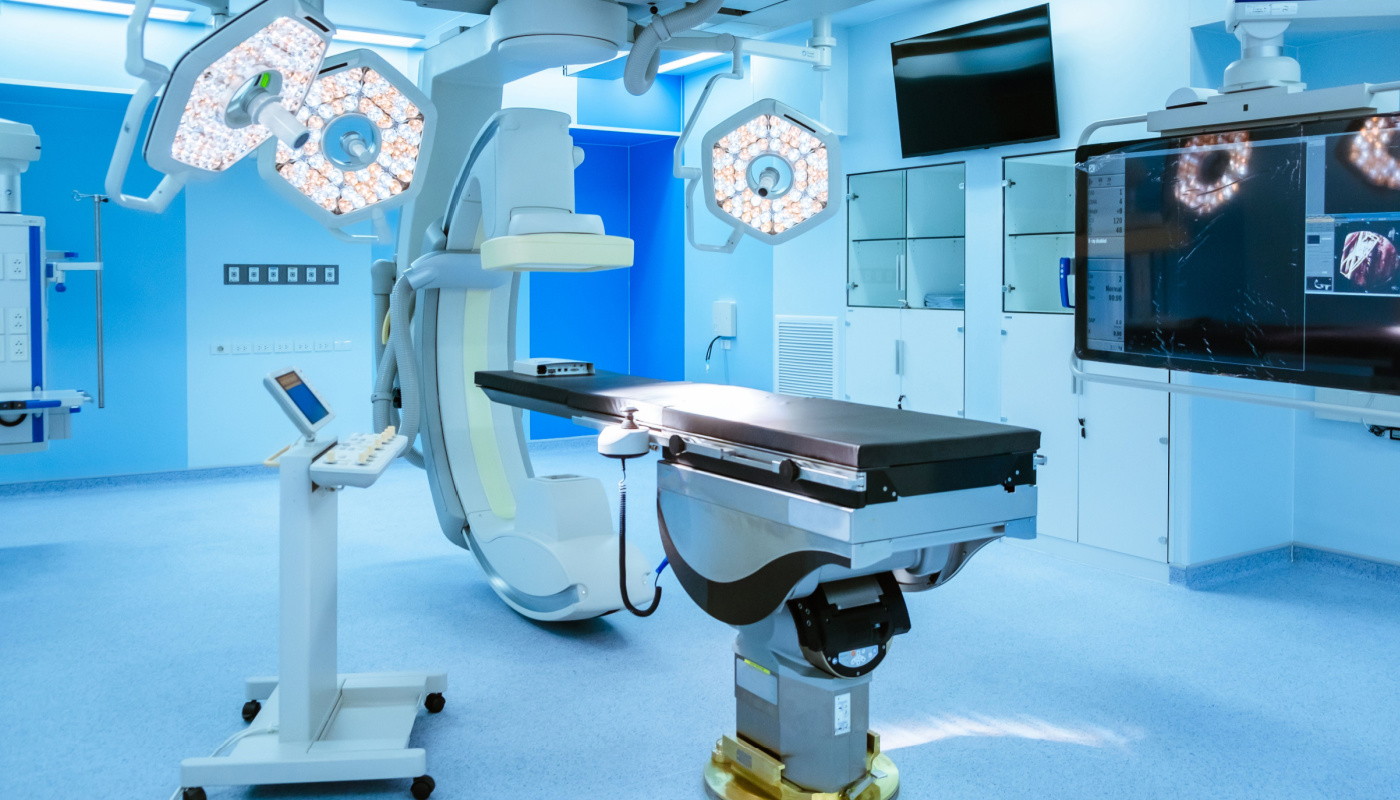
A hospitals operating room, store room, can be overwhelming, lots of surgical trays, equipment & supplies everywhere, most of the time in an order that make sense to a supply administrator but not to the surgical team..argh and with limited details to find what you actually need, quickly.
This impacts on costs, why, because there are many times when a surgeon may need additional supplies, unexpectedly, intra-operatively. When equipment can not be easily found this builds tension in the OR, in addition to prolonging surgical time, which can also impact on patient outcomes.
Research suggests that nurses spend 26% of intra-operative time outside of the OR, attending to additional needs of the surgeon, which would involve collecting additional equipment and supplies to support an optimized surgical outcome.
If the equipment required is necessary this can bring the entire operating room to a stand still, costing approximately $1,500.00 for the loss of 15minutes, waiting for the nurse to find the equipment.
Research also suggests that nurses ‘spend 21minutes per shift looking for lost equipment, taking them away from direct patient care’.
Hospitals need to provide the infrastructure for clinicians to optimize patient safety and to support them in their roles which would remove unnecessary stress, that wastes critical time. Improving clinical resources to streamline practices will improve efficiency and productivity, which will impact on staff and patients.
https://www.sciencedirect.com/science/article/pii/S1743919118305338


